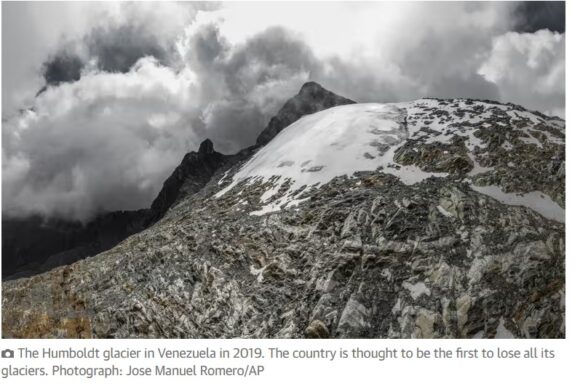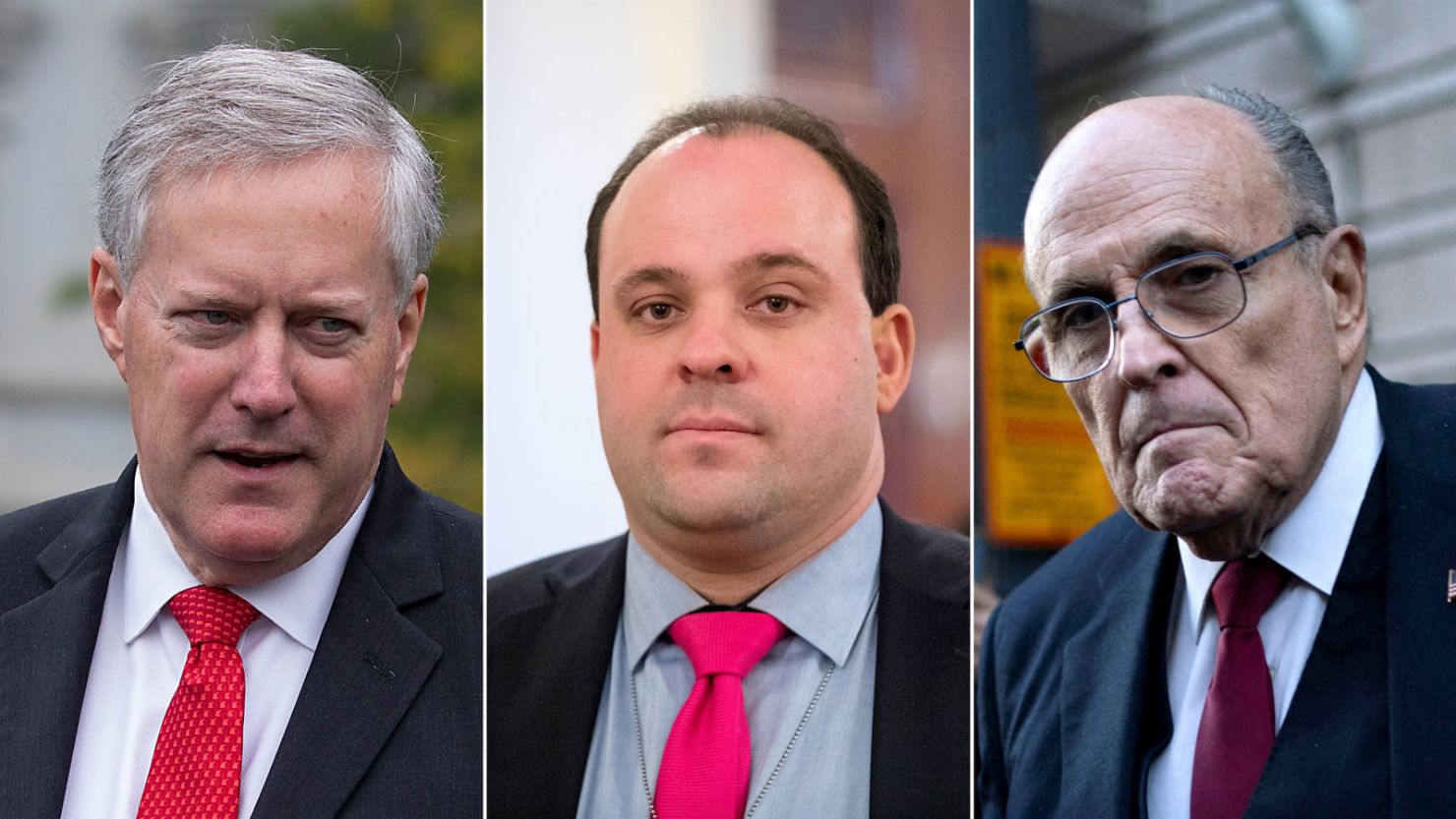Dear Commons Community,
For the people of the Venezuelan state of Mérida, the glaciated peaks of its Sierra Nevada have been a source of pride since time immemorial: The mountains are part of the regional identity and the origin of various legends in the area that relate them to mythical white eagles.
However, none of the six glaciers that crowned the mountains remain.
The International Climate and Cryosphere Initiative (ICCI), a science advocacy organization, recently declared that the Humboldt Glacier — also known as La Corona, or “the crown” in Spanish — is already “too small to be classified as a glacier.” In March, Venezuelan scientists had warned that the glacier had dramatically shrunk. As reported by NBC News.
“Our tropical glaciers began to disappear since the ’70s and their absence is felt. It is a great sadness and the only thing we can do is use their legacy to show children how beautiful our Sierra Nevada was,” Alejandra Melfo, an astrophysicist at the Universidad de los Andes in Mérida, said in an interview with Noticias Telemundo.
Venezuela had six glaciers in the Sierra Nevada, located about 16,000 feet above sea level. By 2011, five had already disappeared, but the Humboldt Glacier located near the second highest mountain in the country, Humboldt Peak, resisted the onslaught of the weather. Scientists believe its disappearance makes Venezuela the first country in the Americas — and the first country in modern history — to lose all its glaciers.
Glaciers are large masses of ice that have formed due to the accumulation of snow over centuries. According to the United States Geological Survey (USGS), they typically exist where average annual temperatures reach near-freezing levels and winter precipitation causes significant accumulations of snow.
An important aspect of glacier development is that temperatures during the rest of the year should not cause the complete loss of the previous winter’s snow accumulation, this is how glaciers are maintained and how they grow. And that’s what failed in the Humboldt case.
“In the case of the Humboldt, it’s a process of erosion that has been going on for years without stopping,” Melfo said.
With the increase in global temperatures due to climate change, the melting of large ice masses is a continuous phenomenon that, among other things, contributes to raising sea levels around the world.
“It is the end of a glacial cycle. And in the intertropical zones, basically below 5,000 meters, almost all the glaciers have been disappearing,” said Maximiliano Bezada, a geological researcher at the University of Minnesota. “The case of Humboldt was iconic because it is at 4,800 meters and yet it remained for quite a long time, and that is a climatic anomaly.”
Although the Humboldt Glacier was expected to last at least another decade, scientists had been unable to monitor the area where it’s located due to the country’s political turmoil.
“Venezuela’s glaciers are not the first to disappear, some have disappeared in Colombia and other countries. What happens is that Venezuela had few and all in the Sierra Nevada, I saw how the glaciers of Pico La Concha and Pico Bolívar disappeared. That is why it is the first country to run out of glaciers,” Melfo said.
Due to their large mass, glaciers tend to flow like very slow rivers. Although there is no universal consensus on how large an ice mass must be to be considered a glacier, the USGS states that a commonly accepted standard is about 25 acres.
The case of the Humboldt glacier is not the only one. Glaciers around the world are shrinking, and some are disappearing faster in defiance of scientific projections. A 2023 study analyzed the planet’s 215,000 terrestrial glaciers more comprehensively than previous research and concluded that, if temperatures continue to increase, 83% of the world’s glaciers will be gone by the year 2100.
“Although the end of the glacier was something that was going to happen due to the cycle we are experiencing, there is no doubt that global warming, a product of greenhouse gases, has of course accelerated the disappearance process,” Bezada said.
What little ice remains on Humboldt will continue to melt. Residents of Mérida, including Melfo, say the glacier will continue to exist as long as the white vestiges can be seen from the city — which stopped happening with the other glaciers.
“For the people of Mérida, perhaps the most beloved glacier was that of Pico Bolívar, which since 2012 was a remnant of a glacier. However, people continued to say that it was a glacier until the last bit of ice that could be seen from the city disappeared in 2020,” Melfo said. “I think the same thing is going to happen with the Humboldt: until the last piece disappears, we are going to continue saying that it is a glacier.”
A great sadness indeed
Tony












